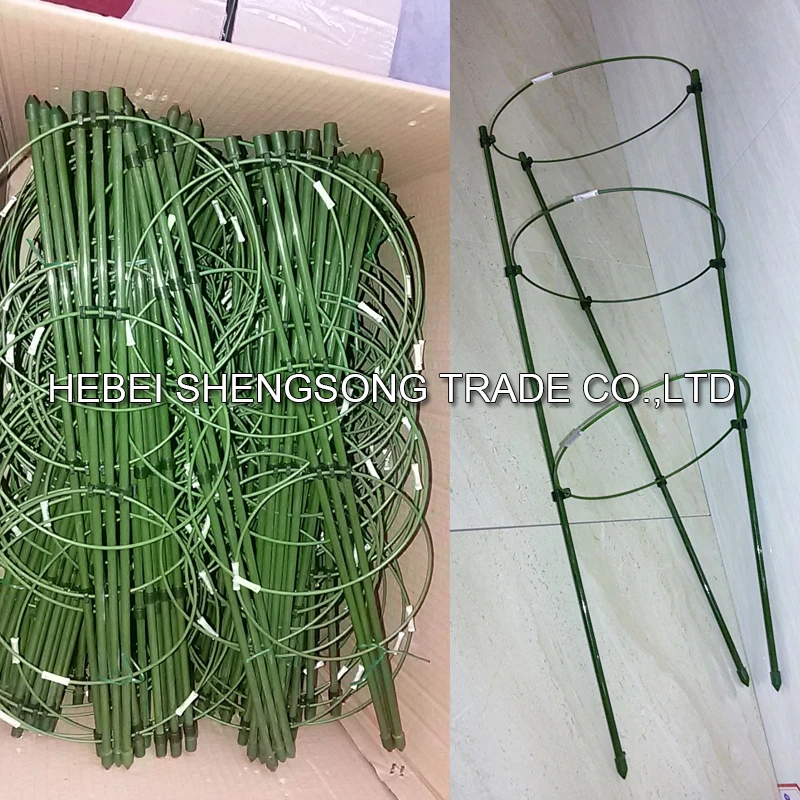The Common Nail A Versatile Tool in Construction and Everyday Life
In the realm of construction and woodworking, few tools are as universally recognized and utilized as the common nail. Though it may appear simple at first glance, the common nail embodies a rich history of engineering and practicality. This article delves into the various aspects of the common nail, exploring its types, uses, history, and significance in both professional and domestic settings.
History of the Common Nail
The common nail has been an essential part of human craftsmanship for thousands of years. Evidence of nail use can be traced back to ancient civilizations, where nails made from bronze and iron were employed in carpentry and construction. The transition from hand-forged nails to mass-produced nails in the 19th century marked a significant advancement in the construction industry, making nails more affordable and accessible to the general public.
Types of Common Nails
While the term common nail often refers to a specific type of fastener, it is important to note that there are various types of nails, each designed for specific purposes. Common nails typically feature a blunt end and a large flat head, making them suitable for a wide range of applications.
1. Common Nails These are typically used in framing lumber and general construction work. Their thicker gauge provides superior holding power.
2. Box Nails Slightly thinner than common nails, box nails are often used for lighter construction tasks, such as assembling wooden boxes and crates.
3. Finishing Nails These have a smaller head and are used when a smooth finish is desired. Finishing nails can be driven deeper into the wood, allowing the head to be concealed.
4. Roofing Nails Characterized by a larger head, roofing nails are specifically designed for securing shingles and roofing materials, providing the necessary stability and water resistance.
5. Specialty Nails There are numerous other types of nails, including spiral and ring shank nails, which offer enhanced holding power for specific applications, such as in areas prone to movement or stress.
common nail use

Uses of Common Nails
Common nails are incredibly versatile and can be utilized in various applications
. Some of the most prevalent uses include- Framing Common nails form the backbone of wooden structures. They are essential in connecting wall studs, floor joists, and roof rafters.
- Carpentry From building furniture to crafting intricate woodwork, common nails are frequently employed to secure joints and components.
- Decking and Fencing When constructing outdoor structures, common nails provide the strength necessary to withstand weather conditions and wear.
- General Repairs Homeowners often keep a stock of common nails for various repair tasks, whether it’s fixing furniture or hanging objects on walls.
The Importance of Common Nails in Everyday Life
Beyond construction and carpentry, common nails play a vital role in our daily lives. They are often overlooked yet serve as the foundation for countless projects and repairs. Their affordability and availability make them accessible to everyone, from professional builders to DIY enthusiasts.
In a world increasingly leaning towards modern technology and manufactured materials, it is easy to overlook the humble common nail. However, its enduring presence in our toolkit is a testament to its functionality and importance. The common nail stands as a reminder of the simplicity and effectiveness of basic tools in crafting and building.
Conclusion
In conclusion, the common nail is more than just a simple fastener; it is a crucial element of construction and carpentry, with a history that spans millennia. Its various types and applications showcase its versatility, while its importance in everyday life cannot be overstated. As we continue to build and create, the common nail will undoubtedly remain an essential companion, reinforcing the age-old adage that sometimes the simplest tools can have the most profound impact. Whether in the hands of a skilled tradesperson or a DIY novice, the common nail continues to be a staple in the world of building and repair.

















